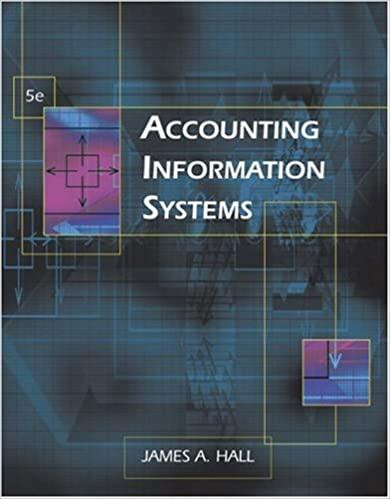

Gannett Handcraft is a manufacturer of picture frames for large retailers. Every picture frame passes through two departments: the assembly department and the finishing department. This problem focuses on the assembly department. The process-costing system at Gannett has a single direct-cost category (direct materials) and a single indirect-cost category (conversion costs). Direct materials are added when the assembly department process is 10% complete. Conversion costs are added evenly during the assembly department's process. Gannett uses the weighted average method of process costing. Consider the following data for the assembly department in April 2017: (Click the icon to view the data.) Read the requirements. Requirement 1. Summarize total assembly department costs for April 2017, and assign total costs to units completed (and transferred out) and to units in ending work in process. Begin by calculating the physical units and equivalent units. Equivalent Units Direct Conversion Physical Units Flow of Production Materials Costs Work in process, beginning Started during current period To account for Completed and transferred out during current period Work in process, ending Accounted for Equivalent units of work done to date Now summarize the total costs to account for. Total Direct Conversion Production Costs Materials Costs Total costs to account for Next calculate cost per equivalent unit for direct materials and conversion costs. Next calculate cost per equivalent unit for direct materials and conversion costs. Direct Conversion Materials Costs Divide by Cost per equivalent unit Finally assign total costs to units completed (and transferred out) and to units in ending work in process. Total Direct Conversion Production Costs Materials Costs Completed and transferred out Work in process, ending Total costs accounted for Requirement 2. What issues should a manager focus on when reviewing the equivalent units calculation? To show better performance, a department supervisor might report a degree of completion resulting in cost per equivalent unit and operating income. In other words, estimates of degree of completion can help managers should ask supervisors specific questions about the process they followed. Top management should always emphasize This emphasis drives throughout the organization Gannett Handcraft is a manufacturer of picture frames for large retailers. Every picture frame passes through two departments: the assembly department and the finishing department. This problem focuses on the assembly department. The process-costing system at Gannett has a single direct-cost category (direct materials) and a single indirect-cost category (conversion costs). Direct materials are added when the assembly department process is 10% complete. Conversion costs are added evenly during the assembly department's process. Gannett uses the weighted average method of process costing. Consider the following data for the assembly department in April 2017: (Click the icon to view the data.) Read the requirements. Requirement 1. Summarize total assembly department costs for April 2017, and assign total costs to units completed (and transferred out) and to units in ending work in process. Begin by calculating the physical units and equivalent units. Equivalent Units Direct Conversion Physical Units Flow of Production Materials Costs Work in process, beginning Started during current period To account for Completed and transferred out during current period Work in process, ending Accounted for Equivalent units of work done to date Now summarize the total costs to account for. Total Direct Conversion Production Costs Materials Costs Total costs to account for Next calculate cost per equivalent unit for direct materials and conversion costs. Next calculate cost per equivalent unit for direct materials and conversion costs. Direct Conversion Materials Costs Divide by Cost per equivalent unit Finally assign total costs to units completed (and transferred out) and to units in ending work in process. Total Direct Conversion Production Costs Materials Costs Completed and transferred out Work in process, ending Total costs accounted for Requirement 2. What issues should a manager focus on when reviewing the equivalent units calculation? To show better performance, a department supervisor might report a degree of completion resulting in cost per equivalent unit and operating income. In other words, estimates of degree of completion can help managers should ask supervisors specific questions about the process they followed. Top management should always emphasize This emphasis drives throughout the organization








